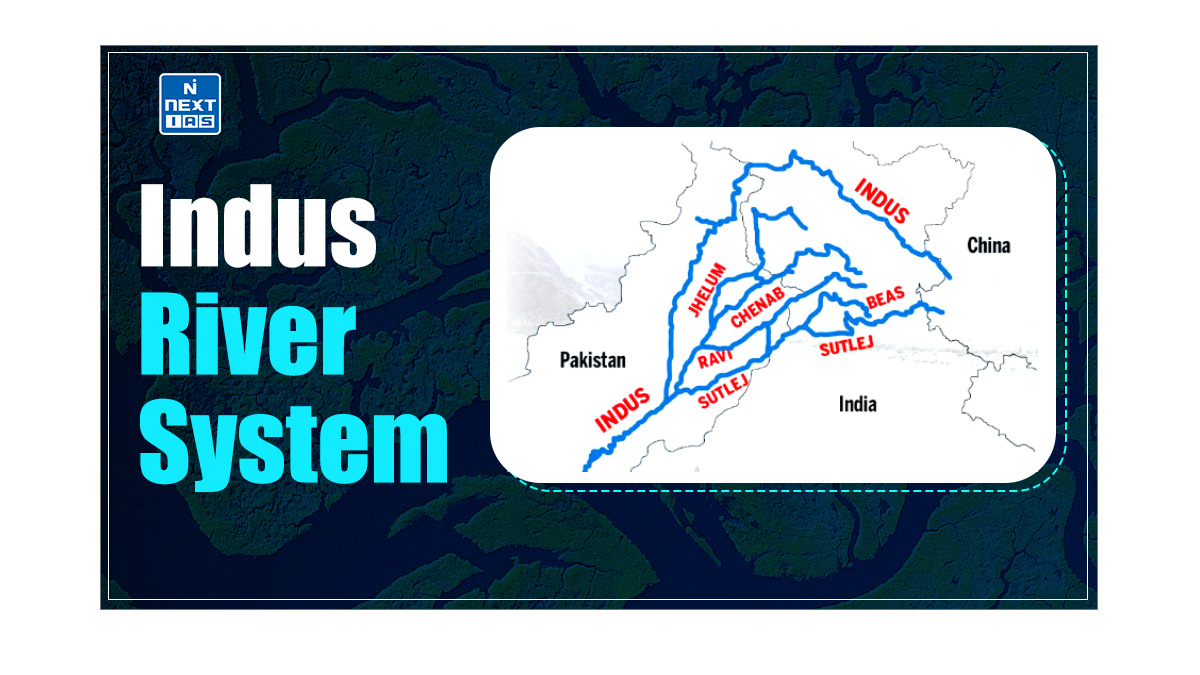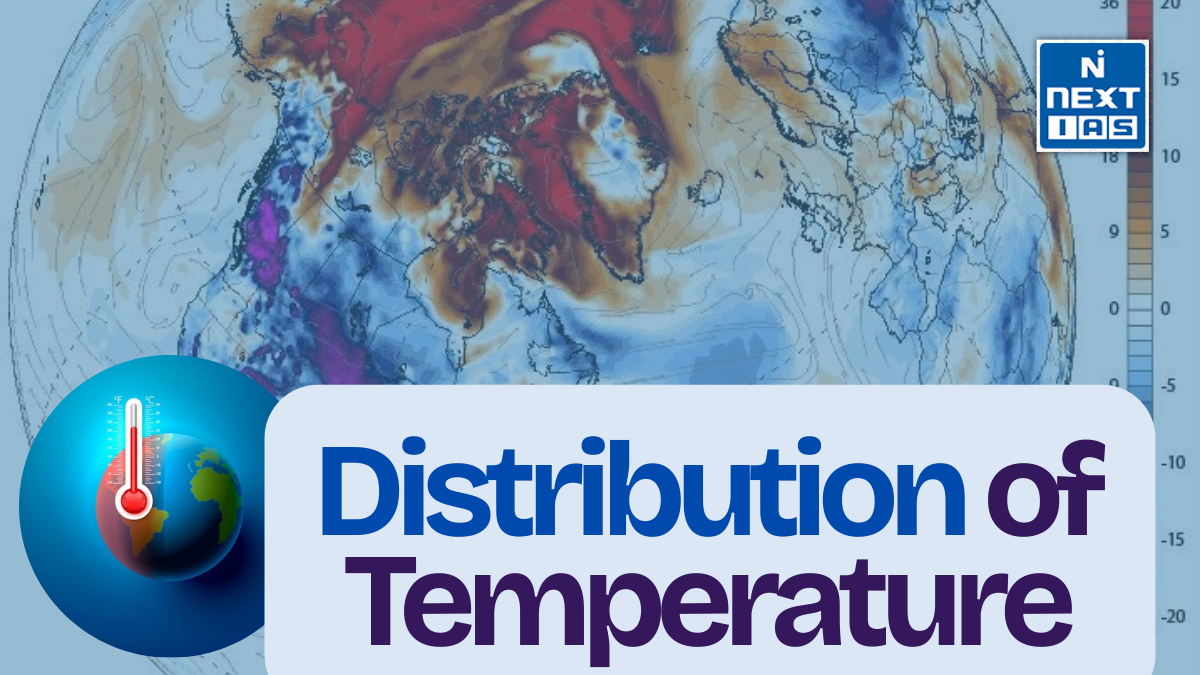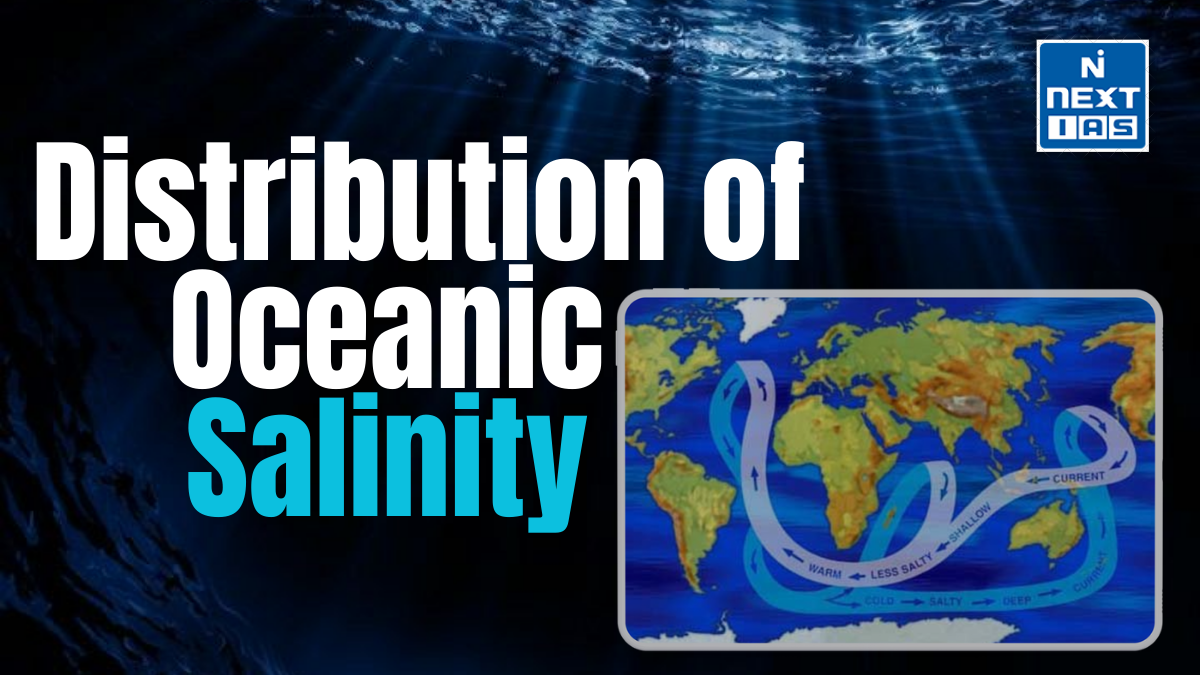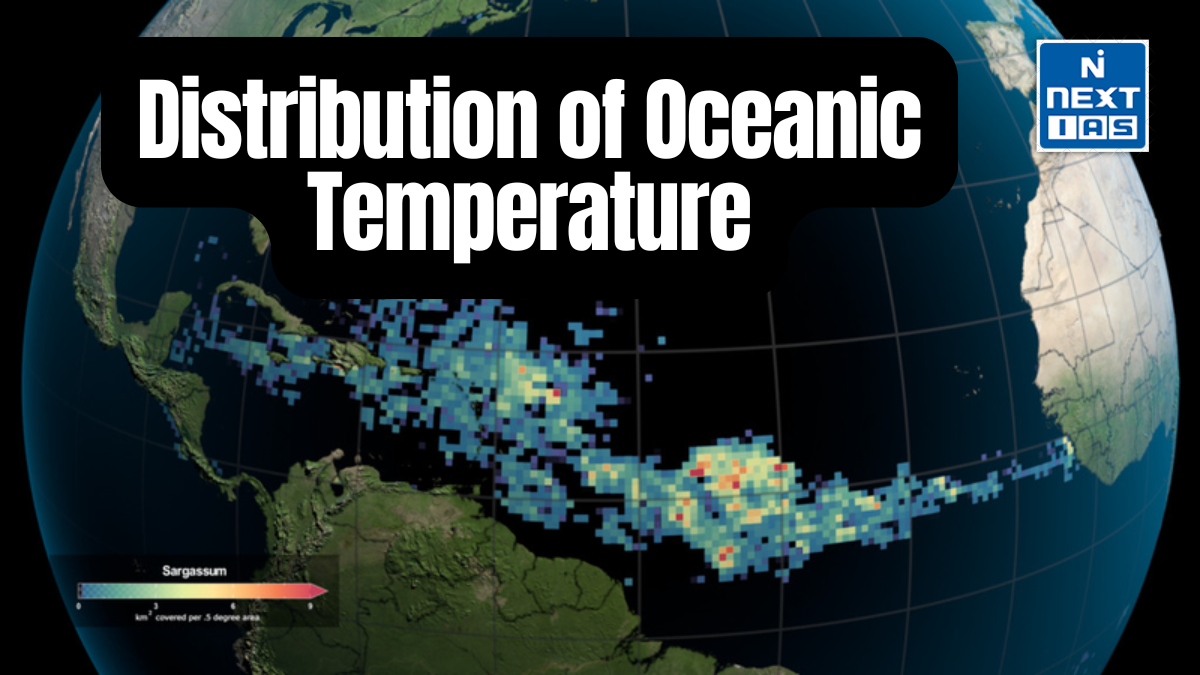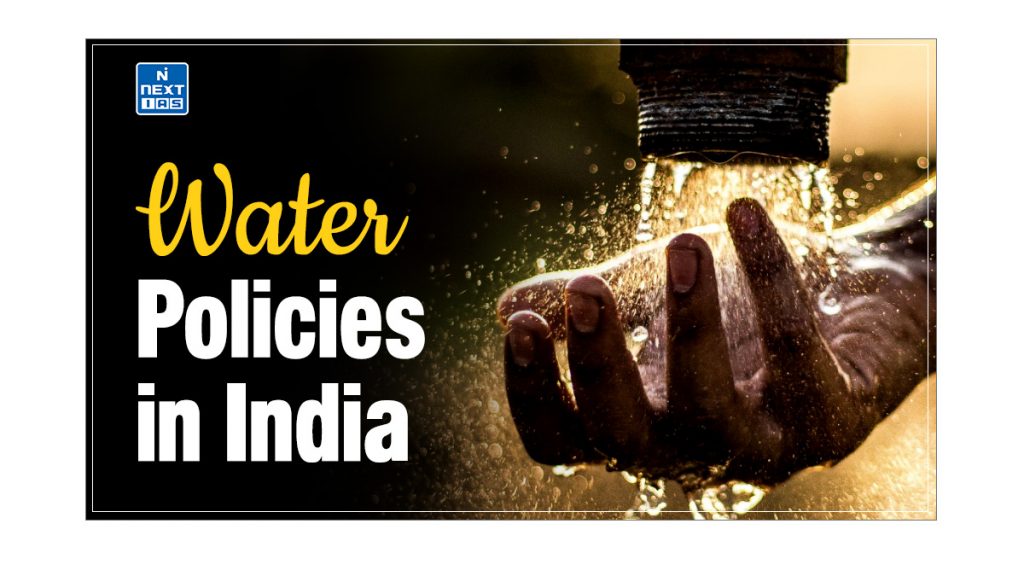
Water policies in India are crucial frameworks designed to manage and allocate the country’s diverse water resources effectively. These water policies are significant as they ensure sustainable water use and support agricultural productivity and economic growth. This article aims to study in detail the evolution, current framework, and proposed revisions of India’s water policies to understand their impact on sustainable water management and resource conservation.
About Water Policies in India
- Water management in India holds immense significance due to the country’s diverse climate, population density, and extensive agricultural needs.
- As a nation with varying rainfall patterns and frequent droughts and floods, effective water management is crucial for sustaining agricultural productivity, supporting economic growth, and ensuring the well-being of its citizens.
- Water policies are pivotal in ensuring sustainable water use by providing a structured resource allocation, conservation, and management framework.
- These water policies aim to address the challenges of water scarcity, pollution, and inefficient use, promoting practices that conserve water, protect water bodies, and enhance communities’ resilience against climate-related impacts.
Evolution of Water Policies in India
The evolution of water policies in India has been a dynamic process, reflecting the changing needs and challenges faced by the country over the years. The journey began with recognising water as a crucial resource for agriculture, industry, and domestic use. Early efforts focused on irrigation and flood control, laying the groundwork for more comprehensive water management strategies.
- 1950s-1960s – Post-independence, the emphasis was on large-scale irrigation projects to support agriculture and rural development.
- The Bhakra-Nangal and Damodar Valley projects are notable examples from this period.
- These projects aimed to harness river waters for irrigation, power generation, and flood control.
- 1970s-1980s – The focus shifted towards integrated water resource management, considering the needs of various sectors.
- The National Water Policy (1987) was introduced to promote optimal and sustainable water utilisation, prioritising drinking water, irrigation, hydropower, ecology, and agro-industries.
- 1990s – Economic liberalisation brought about significant changes in the policy landscape.
- The need for private sector involvement in water management was recognised, leading to policies encouraging public-private partnerships.
- The emphasis on sustainable development and environmental protection grew stronger during this period.
- 2000s – The National Water Policy was revised in 2002, focusing more on demand management and equitable water distribution.
- The policy recognised the importance of groundwater management and the need for decentralised water governance.
- 2012 – The most recent National Water Policy emphasised the importance of water as a vital resource for life, livelihood, food security, and sustainable development.
- It called for a paradigm shift from the exploitation of water resources to their conservation and efficient use.
- Current Revisions – Recognizing the evolving challenges in the water sector, a committee headed by Mihir Shah was constituted to draft a revised policy.
- The committee’s report, submitted in October 2021, calls for a multidisciplinary, multi-stakeholder approach to water management that reflects contemporary needs and challenges.
- The draft policy is currently being reviewed by the Union Ministry of Jal Shakti.
National Water Policy, 2012
The National Water Policy, 2012, was finalised and adopted by the National Water Resources Council on August 9, 2012. These water policy seek to address issues such as the scarcity of water, inequities in its distribution, and the lack of a unified perspective on planning, management, and the use of water resources. Some of the key recommendations of the water policy are as under:
- Emphasis on the need for a national water framework law and comprehensive legislation to ensure the optimum development of inter-state rivers and river valleys.
- After meeting the pre-emptive needs for safe drinking water and sanitation, achieving food security, supporting poor people dependent on agriculture for their livelihood, and allocating high priority to minimum ecosystem needs, water shall be treated as an economic good to promote conservation and efficient use.
- A portion of river flows should be kept aside to meet ecological needs, ensuring that the proportional low- and high-flow releases correspond closely to the natural flow regime.
- Emphasis on adaptation strategies due to climate change for designing and managing water resources structures.
- To ensure efficient water use, develop a system to evolve benchmarks for water use for different purposes, i.e., water footprints and water auditing.
- Setting up a Water Regulatory Authority and incentivising recycling and reuse.
- It is recommended that significant disparities in stipulations for water supply be removed in urban and rural areas.
- Manage water resources projects and services with community participation. Encourage the private sector to become a service provider in a public-private partnership model.
- Adequate grants are given to the states to update technology, design practices, planning, and management practices.
- Grants for preparing annual water balances and accounts for the site and basin, hydrologic balances for water systems, and benchmarking and performance evaluation.
Draft New National Water Policy (NWP), 2020
The significant recommendations of the proposed National Water Policy are as follows:
- Diversify our cropping pattern to include less water-intensive crops, which aligns with regional agroecology.
- Lower the industrial water footprint by reducing freshwater use and shifting to recycled water.
- Mandatorily shift all non-potable uses in cities, such as flushing, fire protection, vehicle washing, landscaping, horticulture, etc., to treated wastewater.
- Address the shift in focus within the supply side because the country is running out of sites for further construction of large dams, while water tables and groundwater quality are falling in many areas.
- Deploy pressurised closed conveyance pipelines combined with Supervisory Control and Data Acquisition (SCADA) systems and pressurised micro-irrigation to ensure water stored in big dams reaches the intended farmers.
- Emphasise “nature-based solutions” for water storage and supply.
- Supply water through rejuvenating catchment areas and incentivise this through compensation for ecosystem services, especially to vulnerable communities in the upstream, mountainous regions.
- Renew thrust on local rainwater harvesting to catch the rain where it falls, when it falls.
- Combine rainwater harvesting with demarcation, notification, protection, and revival of traditional local water bodies in rural and urban areas.
- Form part of the urban blue-green infrastructure, improving water levels and quality and mitigating floods through specifically curated infrastructure.
Conclusion
The evolution of water policies in India reflects the country’s growing awareness and response to the complexities of water management. The National Water Policy, 2012, and the draft revisions highlight the importance of treating water as an economic good, ensuring equitable distribution, and integrating modern techniques for efficient use. As India faces new challenges, including climate change and dwindling water resources, the proposed National Water Policy aims to address these issues through innovative solutions, community participation, and enhanced regulatory frameworks. By focusing on conservation, efficiency, and resilience, India can achieve its water management goals and secure a sustainable future for its water resources.
Central Water Commission
- It is a premier technical organisation in the country regarding water resources.
- It is responsible for initiating, coordinating, and advancing schemes to control, conserve, and utilise water resources across the country.
- This includes flood control, irrigation, navigation, drinking water supply, and water power development in consultation with the concerned State Governments.
Frequently Asked Questions (FAQs)
How many water policies are there in India?
India has several water policies, including the National Water Policy (NWP), first adopted in 1987 and revised in 2002 and 2012. Other key policies include the National Water Mission, part of the National Action Plan on Climate Change, and various state-level water policies tailored to regional needs.
What is the new water policy?
India’s new water policy, introduced in 2022, aims to address water scarcity and management issues by emphasising integrated water resource management, improving efficiency, and ensuring sustainable use.
What are the government policies for water conservation in India?
Certain government policies for integrated water resource management and efficient use are as follows:
– Jal Shakti Abhiyaan,
– Pradhan Mantri Krishi Sinchai Yojana (PMKSY),
– National Rural Drinking Water Programme (NRDWP), and
– Atal Bhujal Yojana (ABHY).
Which is the first National Water Policy of India?
India’s first National Water Policy was introduced in 1987. It aimed to promote integrated water resources management, ensure equitable distribution, and improve water use efficiency.
